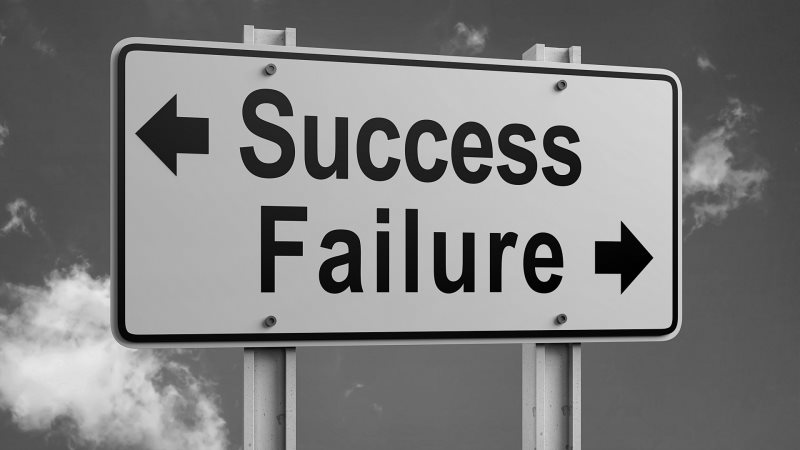Requirements Gathering
What does it mean, and why Do Many Software Projects Fail?

Software projects can fail for many reasons, but the most common cause is a lack of precise requirements. Without a clear understanding of the business requirements and user needs, it is difficult for the project team to understand what the project must accomplish and how it should function.
Poor communication between team members and stakeholders can also lead to project failure. If stakeholders are not involved throughout the project, their needs may not be met, resulting in a product or service that does not fully meet their expectations.
Other factors that can lead to project failure include inadequate resources, unrealistic expectations, poor risk management, and lack of planning. Poor quality control can also lead to project delays and cost overruns. In addition, if the project is not adequately monitored and managed, it can quickly become out of scope and over budget.
It is important to remember that software projects are complex, and many things can go wrong. By understanding the potential causes of project failure and taking steps to mitigate them, project teams can increase their chances of success.
What is Important About Requirements for a Software Project?

Requirements are the foundation of any successful software project, and a thorough understanding of them is essential for the project’s success. Requirements provide the roadmap for the project, and if they are not properly identified and documented, they can lead to project failure.
Requirements are also crucial for communication between stakeholders and the project team. Stakeholders need to be involved in the requirements-gathering process to meet their needs. In addition, requirements help ensure that the project is on track and that the deliverables meet the customer’s needs and expectations.
Finally, requirements help ensure the project is on budget and schedule. They guide the project team and help ensure the project is completed within the desired timeframe and budget.
Requirements are essential to any software project and should be reviewed and updated throughout the project. By gathering information requirements properly, the project team can ensure that the project is successful and that the customers’ needs are met.
What is Requirements Gathering?

Requirements Gathering is the process of collecting information about the project, stakeholders, and customer needs to create a plan for the project.
It is used to identify the project’s requirements, tasks, and deliverables. This process includes gathering stakeholder information, analyzing the requirements, and documenting the information.
This helps to ensure that the project will meet the customer’s needs and that the stakeholders agree on the project objectives.
It is important to note that requirements gathering should be an iterative process, meaning that the requirements should be reviewed and updated as needed throughout the project. It is also important to consider the cost and time involved in gathering requirements to ensure that they are realistic and achievable.
Gathering requirements is essential for successful project execution, as it helps ensure that the project is on track to meet the customer’s needs.
Requirement Gathering Methods

There are several different ways to collect requirements, depending on the type and complexity of the project. Each method has advantages and drawbacks. It’s best to combine these techniques and avoid taking shortcuts when collecting project requirements.
The project’s success is directly related to how healthy requirements are communicated, documented, and carried out. A best practice is to include as many stakeholders as possible.
There is no fixed method or technique to gather business requirements, and it depends on the scenario. For some projects, the Interview technique might work, but for some projects, you might be required to use joint sessions or group interviews.
We can capture and draft a quality business requirements document using the nine requirement-gathering techniques described below. Each requirement-gathering technique has pros and cons; therefore, we should choose the one that best suits the project and the situation’s demand.
These are some of the methods that may be used:
- One-to-one Interviews.
- Group Interviews.
- Brainstorming.
- Focus Groups.
- Document Analysis.
- Requirements Workshops.
- Prototyping and Wireframing.
- Questionnaires and Surveys.
- User and System Observation.
Schedule a Consultation or use the Contact Page.
